In a few months, Fort Canning in the heart of Singapore will be transformed into the first Asian outpost of the Pinacothèque de Paris. But the heritage site has been a cultural hotspot before, discovers Koh Yuen Lin

Vantage Point – Sir Stamford Raffles saw a safe and strategic location in Fort Canning Hill – Courtesy of the National Museum of Singapore,National Heritage Board
It can hardly be called majestic, with an elevation of a meagre 60 metres. Yet it has been the favoured seat of power for sultans and governors alike. When prince of Palembang Sang Nila Utama sailed across the stormy seas in the 1300s, he chose the hill – with its freshwater spring and view of the river mouth – as a safe place to house his entourage as he built the new Kingdom of Singapura. And though Bukit Larangan – or the Forbidden Mountain – would be a deserted place covered in dense hardwood jungle and shrouded in myths about ghosts of sultans past, Sir Stamford Raffles arriving in 1819 saw in the hill what previous rulers had recognised: a safe haven, a strategic vantage point, and the nucleus of a city’s growth in more ways than one.
With 11 mature trees on its premises protected under National Park’s Heritage Tree Scheme, and a forest of flora and fauna, Fort Canning is home to a rich ecosystem. Yet few realise that what we see within this city-centre green lung is not just a product of nature, but also human nurturing.
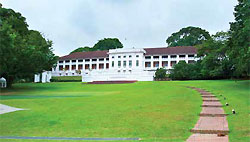
Singapore Pinacothèque de Paris – The upcoming museum will be housed within the historic Fort Canning Centre
Cleared extensively in the 1800s for development, the hill was given back its green coat when Raffles – a passionate botanist and also founder of the London Zoo – set out to create a modern botanic gardens on its ground. This would become a 19-hectare Botanic & Experimental Garden established in 1822. Mimicking styles of Europe’s most important botanic gardens, it was a medicinal plant gardens first, then a showcase for the exotic plants introduced during the age of exploration, and a nursery for potential cash crop – a place where the relationship between nature and culture was explored. Though all that remains of it today is a 2,300 sqm Spice Garden created in 1994 and planted with some of the plant species in the original garden, together with many plants featured prominently in local cuisine, it remains a reflection of Singapore’s blend of East and West cultures.
Another major tree-planting effort the hill witnessed was the development of the southwestern section of the hill, bounded by Clemenceau Avenue and River Valley Road, into King George V Jubilee Park. This would later be expanded and rechristened Central Park in the 1970s, and then enlarged once again and renamed Fort Canning Hill in 1981, officiated with the planting of a fruit tree by then prime minister Lee Kuan Yew – whose vision of Singapore as a garden city has shaped not just the country’s landscape, but also contributed to the economy in intrinsic ways.
Indeed, Fort Canning is more than just a green space. It is a historical site that has stood witness to the changing face of Singapore over the course of centuries. Yet it doesn’t stand still in history – it adapts along with it.
Archaeological finds from excavation sites on the hill continue to fascinate historians with artefacts from when the place was palace grounds for Malay royalty. From delicate Jing De Zhen ceramic dating back to the Yuan dynasty (1271–1368) to 14th century gold jewellery carved with intricate Hindu motifs, each is a clue to the island’s ancient past as a prosperous ancient kingdom.

Fort Canning Gate – Constructed in 1846, the Gothic Gates still stand today as the entrance – Credit: Liisa Wihman
Historical landmarks oft overlooked by visitors whisper of a time when the site played the role of a strategic communications centre for the port city. On Raffles Terrace stands a replica of the original Time Ball: a device that was raised at exactly 1255hr and dropped at precisely 1300hr as a means for businesses, government offices and the larger community of the downtown area to set their clocks to a common time during the early colonial days. In front of the humble Raffles House, a flagstaff stands where a taller wood flagstaff was erected in the mid 1800s. Different ensigns raised communicated to the township the identity, location and status of the ships entering and leaving the harbour, and even the type of cargo being carried and the ship’s last port of call. This told the people when to post their mail and packages sailing for Australia, China, India and Europe, and also indicated to merchants when to head down to the docks for some early bird bargaining. For this reason, the hill was also known locally as Bukit Bendera (Flag Hill) in the latter part of the 19th century.
The many colonial structures – from the Fort Canning Gothic Gates designed in 1846 by superintendent engineer captain Charles Edward Faber, the three-storey neoclassical style building previously used as a military administration building in 1926 and now repurposed as Fort Canning Hotel, to the British Army Barracks that have been restored as Fort Canning Centre – further speak volumes of its past as a fort and military base during times of uncertainty. In the words of Melissa Diagana and Jyoti Angresh, authors of Fort Canning Hill: Exploring Singapore’s Heritage and Nature: “Fort Canning Hill has always played a central role in all aspects of Singapore’s heritage. Whether one is looking for Singapore’s tangible cultural elements (such as buildings, ruins, art works, or landscape) or its intangible elements (such as folklore, historical knowledge, fleeting biodiversity, or inspirations), one’s path inevitably leads to this hill.”

National Theatre@50 – The Singapore Biennale 2013 artwork sits at the foot of the hill, as an homage to the original site
Today, Fort Canning Hill stands in the heart of the Museum Planning Area. Surrounded by the National Museum Of Singapore, Singapore Philatelic Museum and The Peranakan Museum, it is a city-centre location with a heart – and art – beat of its own.
Its grounds play host to a full calendar of cultural events ranging from WOMAD, which has been bringing world music, arts and dance to Singapore since 1998, perennial favourites such as Shakespeare in the Park and Ballet Under the Stars staged by the Singapore Dance Theatre since the early 1990s as a means of reaching out to families, to the multitude of musical performances ranging from punk to pop.
What most do not realise is that the hill was a venue for the arts as early as the 19th century.
When hotelier, entrepreneur, photographer, treasure hunter, and larger-than-life man about town Gaston Dutronquoy took over George Coleman’s two-storey residence sited at the foot of the hill, he also set up a private dinner theatre of sorts. The dining room was transformed into what was quite ostentatiously named Theatre Royal, and it was the stage for the settlement’s amateur actors, including some very high profile members of society such as Singapore’s first lawyer William Napier, prominent merchant Charles Spottiswoode and businessman and magistrate William Read who was, in certain circles, known for his cross-dressing roles.
In 1845, Theatre Royal, this time complete with an orchestra pit, found a new home in the Assembly Rooms built at the foot of the hill where the Old Hill Street Police Station now stands. The building however fell into a dilapidated state within a decade. Post-demolition after 1856, a temporary theatre was erected at the same spot, where fundraising performances for what would later become the Victoria Theatre continued until 1861.
In more recent history, the hill was home to the Drama Centre on Canning Rise, inaugurated as the Cultural Centre in 1955. It was in this 326-seat theatre that many landmark local stage productions – such as Lao Jiu and Army Daze – made its debut until its demolition in 2002 to make way for the rear extension of the National Museum of Singapore. Then there was the iconic National Theatre with its fivepointed façade, 150-tonne cantilevered steel roof stretching up the slopes of the hill, and no side or rear walls. For the 23 years that it stood, the multi-million structure – opened on 8 August 1963 to commemorate Singapore’s self-government – with its 3420-seat hall complete with a revolving stage, was the venue for international performances ranging from the Bolshoi Ballet to the Bee Gees.
Its lush environment a source of artistic inspiration, Fort Canning Hill has also become a natural venue of choice for exhibiting tangible art. At the inaugural 1981 ASEAN Sculptural Symposium, six art installations were donated by member countries and are now displayed throughout the hill’s green spaces. Today, the park remains a creative space spruced with public art installations, such as site-specific works by The Sculpture Society of Singapore.
And just as its role has changed through the centuries with the country, the evolution of Fort Canning Hill as a venue for the arts continues. In 2015 it will welcome a new crowning jewel in the form of the Singapore Pinacothèque de Paris housed within the Fort Canning Centre – the first sign of its metamorphosis into an arts venue of international standards as the Singaporean art scene matures.
So even though it is indeed as Raffles once wrote of Fort Canning Hill, that “nothing can be more interesting and beautiful than the view from this spot,” those who look close enough, and allow the hill to whisper its story, will discover that true wonderment lies right here within this green sanctuary, on the grounds of the living hill itself.
pinacotheque.com.sg



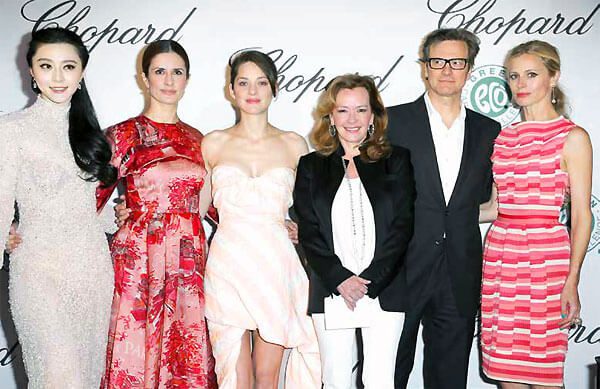


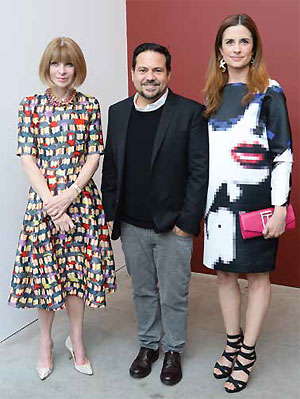
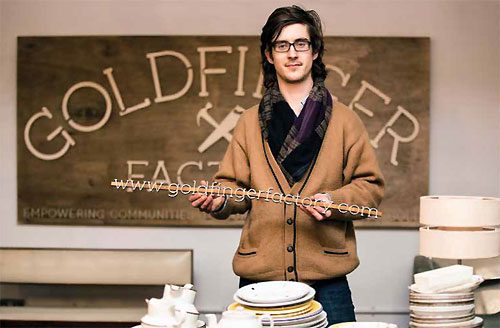




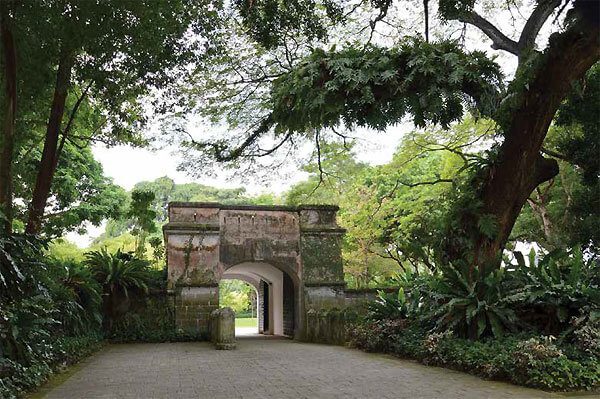









Recent Comments